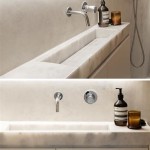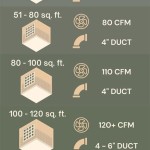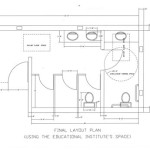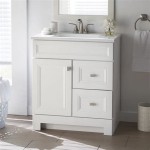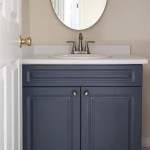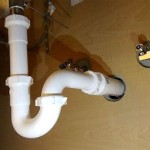Is Mold in the Bathroom Common?
Bathrooms are known to be prone to mold development, so it is quite common to find mold in bathroom areas. Mold spores thrive in warm and humid environments, which bathrooms often provide due to regular showering, bathing, and poor ventilation. If you notice any signs of mold in your bathroom, it is important to address it promptly to prevent health problems and further damage to the space.
Causes of Mold in Bathrooms
Several factors can contribute to mold growth in bathrooms:
- Poor ventilation: Inadequate ventilation allows moisture to accumulate, creating a breeding ground for mold.
- High humidity: Bathrooms naturally have high humidity due to showers and baths. When humidity levels exceed 60%, mold growth can occur.
- Moisture leaks: Leaks from pipes, showers, and sinks can provide a constant source of moisture for mold to flourish.
- Lack of sunlight: Mold thrives in dark, damp environments. Bathrooms often lack natural sunlight, which inhibits mold growth.
Types of Mold in Bathrooms
There are several types of mold that commonly appear in bathrooms, including:
- Cladosporium: This is a green or black mold that is often found in showers, sinks, and other areas with high moisture.
- Penicillium: This is a blue or green mold that is commonly found on bathroom walls and ceilings.
- Aspergillus: This is a black or green mold that can cause respiratory problems and is often found in showers and bathrooms with poor ventilation.
Health Concerns Related to Mold in Bathrooms
Mold exposure can cause various health problems, especially for people with allergies or respiratory conditions. Common symptoms include:
- Skin irritation and rashes
- Sneezing and coughing
- Wheezing and difficulty breathing
- Headaches and fatigue
How to Prevent Mold in Bathrooms
To prevent mold from growing in your bathroom, it is crucial to:
- Maintain proper ventilation: Ensure adequate ventilation by using exhaust fans or opening windows during and after showers and baths.
- Control humidity: Use a dehumidifier to reduce humidity levels below 60%.
- Fix leaks promptly: Seal any leaks in pipes, showers, or sinks to prevent moisture accumulation.
- Allow sunlight: Keep windows open or install skylights to allow natural sunlight into the bathroom.
- Clean regularly: Use mold-killing cleaners to clean showers, sinks, and other areas where mold is likely to grow.

Bathroom Mold How To Identify And Get Rid Of In Environix

How To Get Rid Of Mold In Bathroom 2024 Tips From Puroclean

Bathroom Mold How To Identify And Get Rid Of In Environix

Is Black Mould In The Bathroom Dangerous Dbs Bathrooms

What To Know About Bathroom Mold And When You Should Worry

Why Is There Black Mold On My Bathroom Ceiling Medics

Mold Growth What S Causing It Solace Showers

How To Get Rid Of Mold On Your Bathroom Ceiling Aqa

What To Know About Bathroom Mold And When You Should Worry

Bathroom Mold How To Kill On Ceiling
Related Posts

